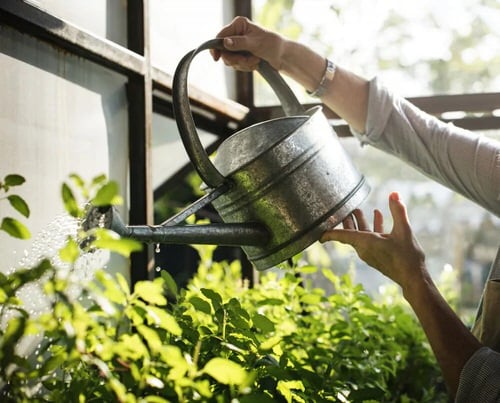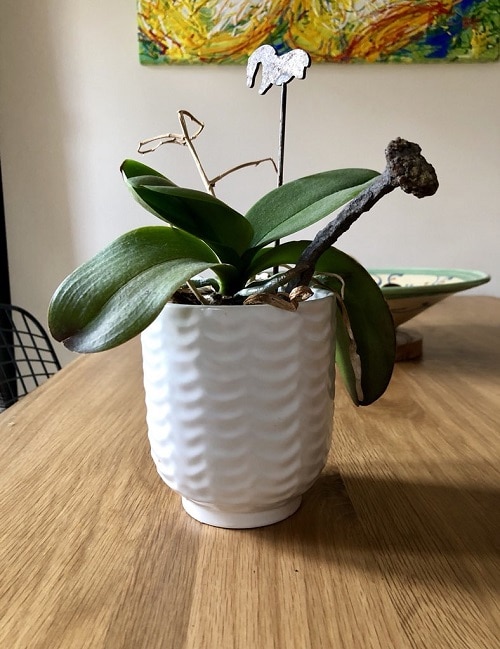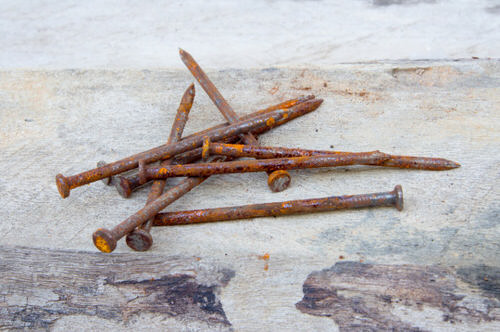It may sound unusual that How Rusty Nails Can Save your Dying Plants, but it’s possible-you can revive your plants with this easy trick.
Maintaining healthy and productive plants can sometimes be quite difficult, and it is always good to learn some handy tricks–just like this one–How Rusty Nails Can Save your Dying Plants!
What Do Rusty Nails Have?
Rusty nails contain iron oxide, a reddish brittle coating, which forms when iron and oxygen react together in the presence of moisture in the air (water). Also known as ferric oxide, the rust in nails can provide iron to plants, which is beneficial for plants.
What Does Iron Do for Plants?
Plants require iron to stay healthy, but only in small amounts. Iron deficiency in plants can cause pale yellow and weak leaves, poor or stunted growth, and stressful plants with falling leaves.
This is because this important element is involved in chlorophyll production in plants. It helps plants create energy from sunlight and is essential for forming enzymes and proteins. Not just that Iron also assists in the transportation of electrons during photosynthesis and respiration.
If the soil has too much lime or is alkaline, it can cause iron deficiency in the plants. If there are not many plants or the proportion is small, you can rectify it using iron fertilizer or this clever rusty nail water trick.
How Rusty Nails Can Save Your Dying Plants
Because rusty nails contain iron, which is the main component of the various physiological and biochemical activities in plants, it is an essential part of vital enzymes like cytochrome and helps in chlorophyll synthesis.
Supplementing the plants with the iron oxide in nails will also help in chloroplast structure and function. As a result, it makes them greener, healthy, and more active.
Rusty Nails for Acidic Plants

Not much, but rusty nails can slightly increase the soil acidity, which helps the acidic plants. While you may not be able to get the blue color of hydrangea flowers with this hack, it definitely works for small container plants. Similarly, gardenia, azalea, ixora, and many other plants benefit from this.
How to Use Rusty Nails

1. Try Rusty Nail Water
You can put several of your rusty nails to good use by submerging them in water for 4-5 days. Once the water turns brown and rusty, sprinkle it on the leaves or water it the usual way.
2. Rusty Nails in the Pot
Poke 8-10 rusty nails in a pot around the plant. Every time you’re going to water, the rust from nails will help.
Note: Rusty nails will be most effective for small container plants indoors or outdoors. It may not be practical for trees and shrubs!
Is Rust Good or Bad for Plants? Some Precautions
Rust is essentially iron oxide, and while it can provide iron to plants, it may also contain other elements or impurities if you don’t know the source of the nails coming from, and that can be harmful. So, when you try this rusty nail trick, be aware of the points listed below:
1. Use Nails from a Known Source: If possible, use rusty nails from a source you trust, such as your own garden or a location with minimal exposure to potential contaminants.
2. Avoid Nails with Visible Paint or Coatings: Choose rusty nails that appear relatively free of paint or other coatings, as these can introduce unwanted chemicals into the soil.
3. Monitor Plant Health: Keep a close watch on the health of your plants. If you notice any signs of stress, discoloration, or unusual growth, discontinue the use of rusty nails.




Very useful information.Thank you.
Thanks for this information am constantly upgrading myself in this direction.
Stick it in your asshole.
Rust is iron oxide and is not soluble in water, it’s possible a very small amount may be taken up, however, far better to use sequestered iron tonic, specifically produced to dissolve in water. Also fertiliser specifically for acid loving plants and seaweed with iron.